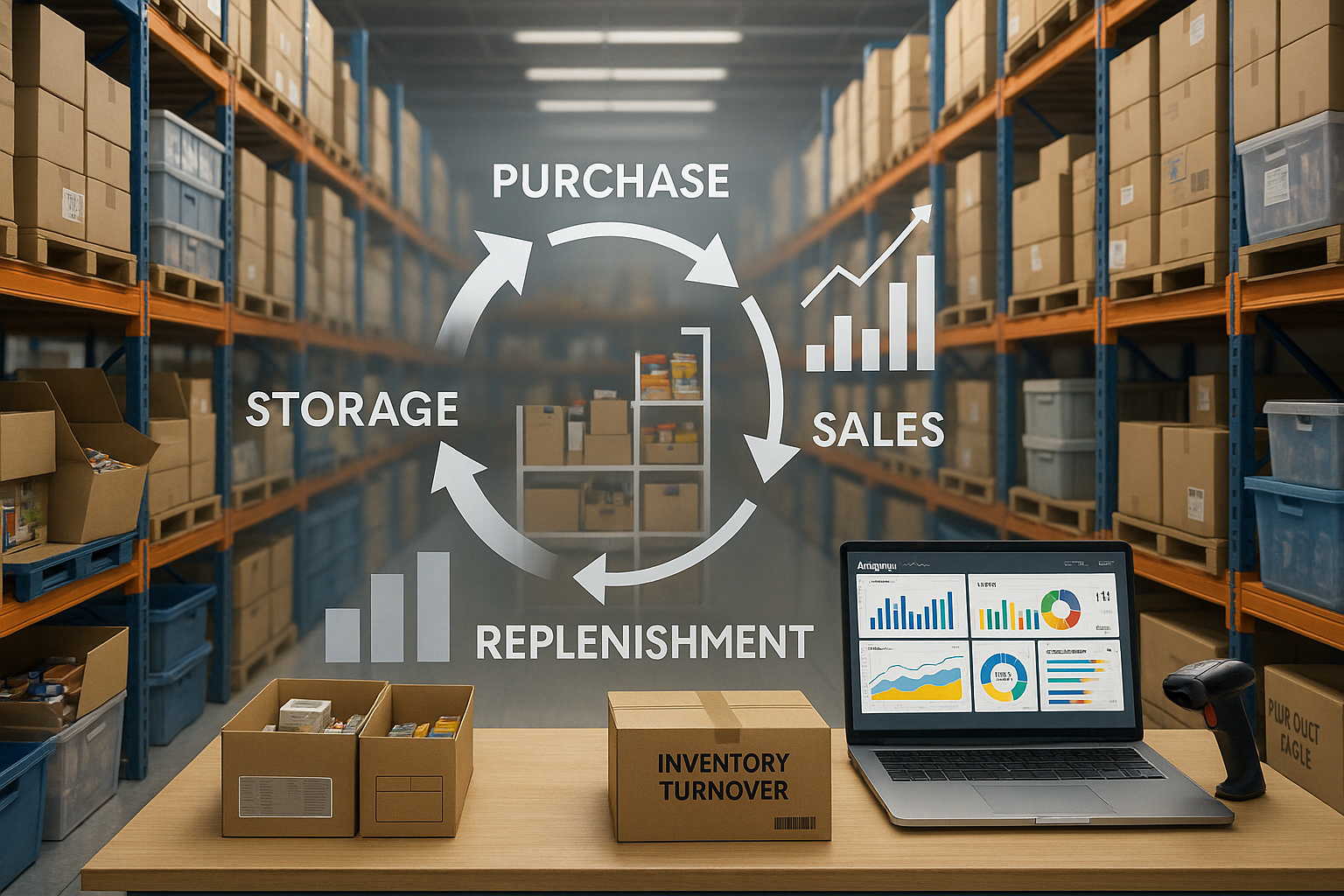How to Calculate and Account for Retro Bonuses to Stimulate Sales

A retro bonus (commonly referred to in global practice as a “rebate”) is a reward given for achieving a specific volume of product sales or for reaching a predetermined sales amount.
Calculation of Retro Bonuses for Sales Incentives
To encourage retail networks to establish long-term relationships, distributors often implement a retro bonus scheme. This approach allows suppliers to sell more products while retailers receive an additional incentive.
One of the primary and commonly used types of retro bonuses is the return of a portion of the purchase price.
It is crucial to accurately calculate, issue, and document retro bonuses in accordance with current legal requirements.
To stimulate sales of specific products at retail locations, suppliers may offer retro bonuses for achieving sales targets.
Maintaining records of marketing agreements with suppliers is essential. Each supply agreement should specify the bonus percentage, the calculation method, and automate the calculation of retro bonuses while generating expense invoices for marketing services.
There are various methods for calculating retro bonuses:
- Based on Supply: This method calculates the bonus as a percentage of the total shipments during a selected period.
- Based on Payments: In this approach, bonuses are calculated considering only the paid receipts of goods.
The key is to avoid abuse of these methods and to use retro bonuses as a means to genuinely increase product sales.


